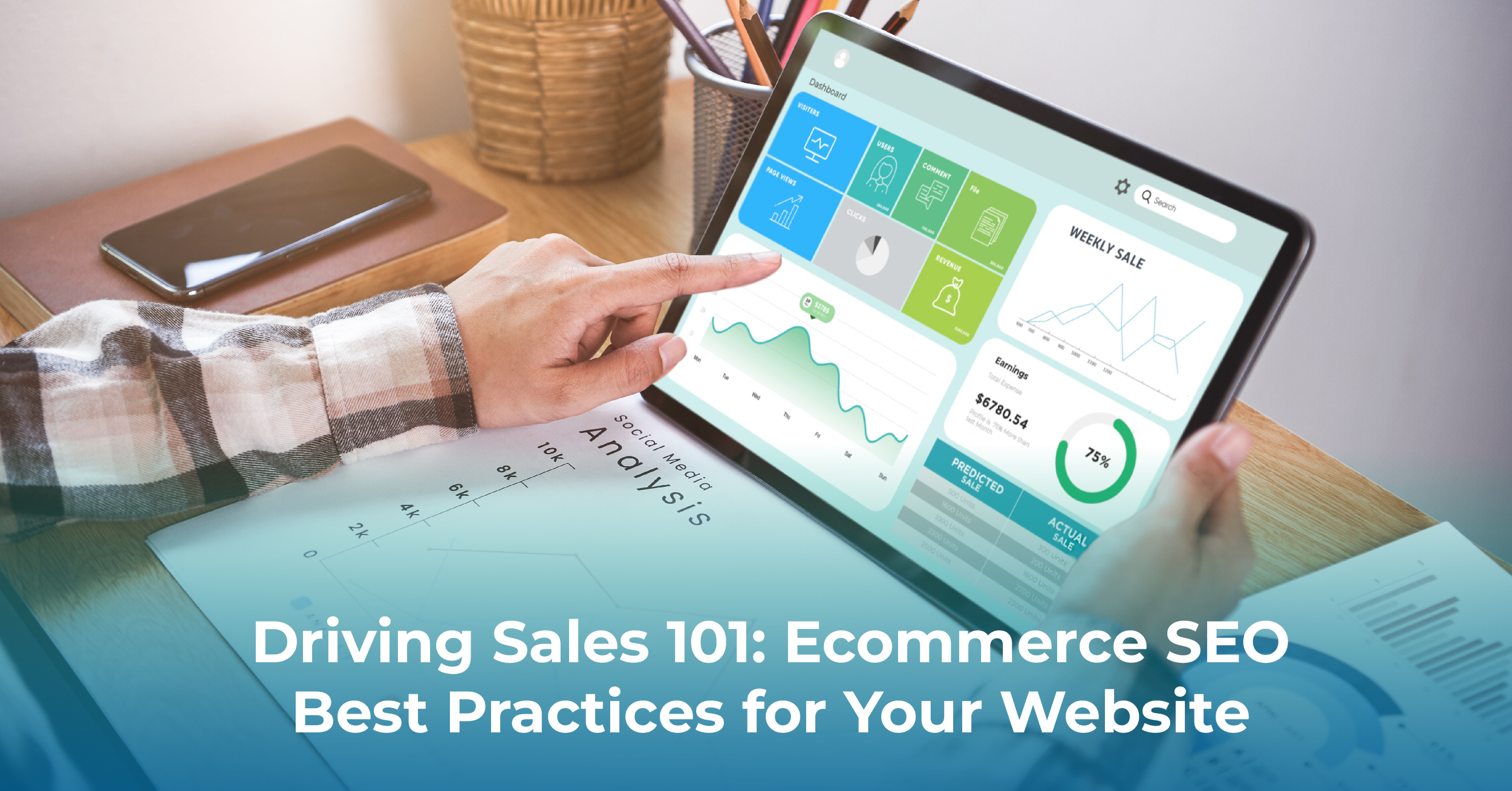Blog
Driving Sales 101: Ecommerce SEO Best Practices for Your Website
November 23, 2022
Posted by: DevDigital
There’s nothing wrong with paid traffic but if that is all you’re relying on, you are putting your business in a box and limiting its success.
Compared to paid advertising, SEO, or search engine optimization, can generate more consistent and affordable revenue. You can increase the number of people visiting your online store by ensuring your company appears on Google's front page. While SEO may produce results more gradually than a paid ad would, you will position your company for long-term financial success.
While ecommerce SEO has many advantages, it can also have a lot of complex technical requirements and confusing verbiage, which makes it difficult for busy small business owners to understand and implement. Several strategies are used in SEO to increase your website's performance in search engines, such as writing keyword-rich content, designing a user-friendly website, and optimizing site elements like the parts of a URL and page titles and tags. Some of these things may be familiar or come naturally to you, but there is also the likelihood of things you have never even considered.
Your ecommerce site will be up to par quickly if you choose the right digital marketing company to work with! Look over these quick tips and best practices for SEO to see how they can benefit your ecommerce business.
Ecommerce Best Practices
1. Use the Best Keywords to Target
The keywords people use to search for a product like yours on Google will be revealed by SEO keyword research. Once you have identified them, you will use them on your website in strategic locations to promote various pages so that they appear on Google's first page of search results. When a page "ranks" on Google, it appears on the first page of search results for a specific keyword, also known as a search term.
Additionally, it would help if you used keywords with purchase intention. There are many reasons why people conduct online searches. You are looking for online users who are actively looking to buy something. You need to look at the keywords that Google ranks product and collection website pages for in order to find the keywords that have purchase intent behind them.
For instance, someone might Google "money tree" to look for pictures of one. On the other hand, collection pages come up when you search for the term "money trees for sale." That would be the keyword you would need to target because it has purchase intent.
Just keep in mind that if Google is ranking collection and product pages for that keyword, then you can assume that there is buying intent.
2. Decrease Your Page Load Speed
Page load speed is a ranking factor for desktop and mobile search engines. Google will give you a higher ranking the faster your pages load.
How can page load speed be reduced? Concentrate on removing as many unnecessary elements from your page as you can. For instance, it might not be necessary to use a large background image that is largely hidden by a white body column. Remove any plugins or add-ons that do not improve the bottom line of your ecommerce business.
The dimensions and size of your image also matter. Your images will take longer to load in a browser as their size increases. For instance, you can cut an image's "weight" in half by shrinking it from 1,000 by 1,000 pixels to 500 by 500 pixels. Additionally, you can use a program like Adobe Photoshop to save your images as JPG (JPEG) files of lower quality.
3. Build Internal and External Backlinks to Various Content
Linkbuilding and Backlinks SEO involves contacting various online publications and brands, you can increase the number of backlinks to your website by asking them to link to a specific page on yours. Google will view you as more credible if you have more links. Google gives that site more credibility by elevating it in the search results. In other words, if lots of other people regard your content as trustworthy and deserving of a link, Google will too.
Making links between your own pages is internal linking. This entails linking to one of your blog posts from another post or a post pertinent to your collection page. Both kinds of links are useful for boosting a page's ranking. It is a win-win for your ecommerce business.
4. Design Your Site from the Perspective of the Shopper
The layout of your store's website and product pages should enhance rather than lessen the shopping experience. Even if you offer the trendiest, most sought-after products in your market at the best prices, a customer will likely become frustrated and leave your website if it is difficult to use or search.
Design is also an integral part of SEO. You might notice a drop in your rankings if a search engine detects that your website has a very high bounce rate. Even if visitors don't find what they are looking for right away, a well-designed website can at least persuade them to browse a few more pages, which can lower bounce rates.
Let DevDigital Help
At DevDigital, we build high-quality ecommerce sites that perform well and repeatedly draw customers back. We can assist you with all your ecommerce SEO needs to expand your business, whether you are creating a new online store or need to improve your existing one. Contact us to request a proposal and discover more about our e-commerce SEO services.
